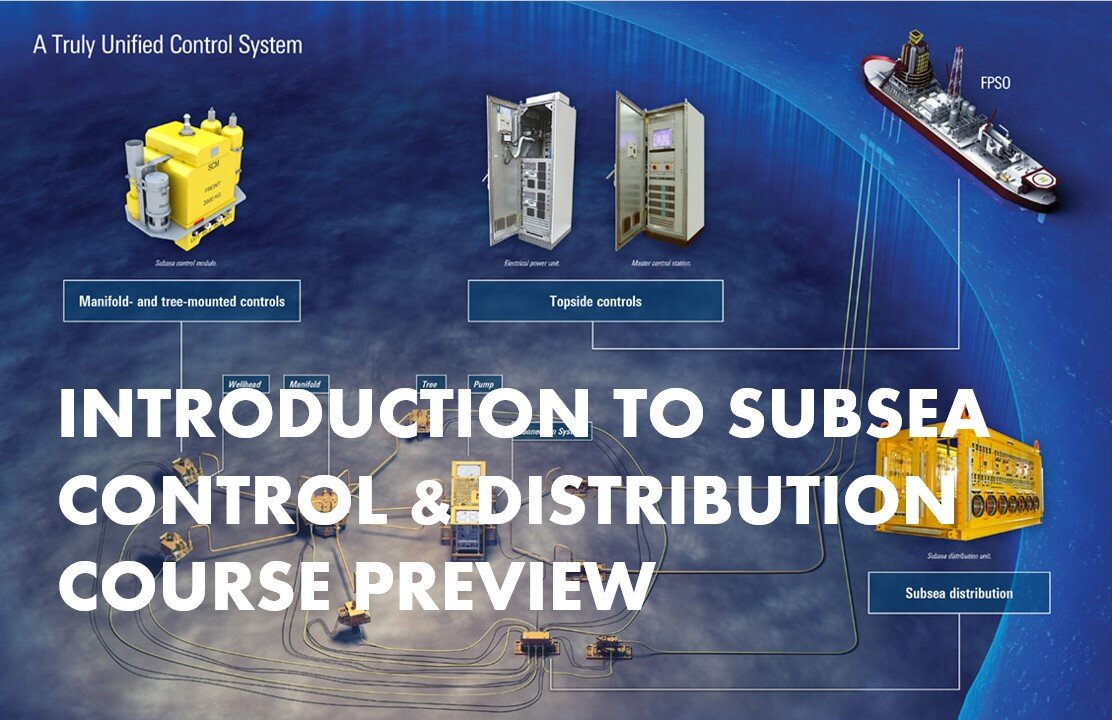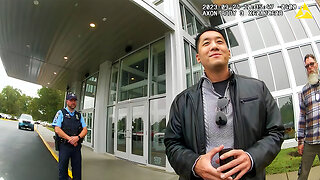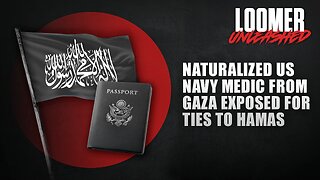Premium Only Content

Introduction to Subsea Control & Distribution Course Preview
Today’s subsea production systems tend to go deeper, have reservoirs with higher temperature and pressure, be in fields located in regions with a colder climates (artic), include installation of subsea processing equipment (demand for more power), and are at longer distances from infrastructure. Traditional production control systems monitor processes with relatively slow process dynamics. Condition and performance monitoring systems may, in many cases, be monitoring systems with much faster dynamics. This may require improved instruments and data sampling systems. The amount of data being transmitted from a subsea installation may also increase considerably. There is a risk that introducing new equipment and an increase in data will introduce faults into the control system. It will be important to ensure adequate independence between critical control/safety functions and monitoring functions, so the reliability of the critical functions is not compromised.
Depending on the project requirements, the topside control units can be integrated by adding the pump control to an existing production control system, or vice versa. For new projects, a full integration can be achieved from topside to subsea from system to board level. These full integrations can utilize common building blocks from the same subsea control module (SCM) product family. Core components from existing technologies have been thoroughly evaluated and selected to form the basis for the new pump SCM. New, single-unit, integrated SCMs expand the range of available SCMs.
For full videos you can visit this link :
https://drive.google.com/file/d/1A2Xgu5IYquFnU9f8L49G38z15WfJ8uVb/view?usp=sharing
and you will be directed to a google drive link where you can download all files of this course
https://drive.google.com/file/d/1zxN0PWZH3z9a4c5hmnzsOrnkeSn0B3sl/view?usp=drive_link
-
 LIVE
LIVE
The Bubba Army
20 hours agoIs Killing The New Trend??! - Bubba the Love Sponge® Show | 10/31/25
6,250 watching -
 2:25:16
2:25:16
Demons Row
11 hours agoEx Hells Angels MC President: Charles “Peewee”Goldsmith (Full Interview)
5.07K2 -
 3:35
3:35
Gamazda
9 hours ago $0.26 earnedThe Darkest Piano Theme?
4.48K12 -
 13:42
13:42
Nate The Lawyer
18 hours ago $0.38 earnedINSANE Judge REMOVED For Lying Under Oath, Insurance Fraud & Stolen Valor
4.14K14 -
 38:32
38:32
Code Blue Cam
1 day agoHow Police Stopped a Potential Church Massacre...
35.1K13 -
 24:26
24:26
Actual Justice Warrior
1 day agoWelfare Queens RAGE OUT Over Food Stamp Cuts
11.6K31 -
 3:05:11
3:05:11
Inverted World Live
9 hours agoThe Halloween Special with Drea De Matteo and Sam Tripoli | Ep. 133
358K16 -
 2:57:52
2:57:52
Laura Loomer
12 hours agoEP154: Naturalized US Navy Medic From GAZA Exposed For Ties To Hamas
45.9K29 -
 35:45
35:45
Stephen Gardner
15 hours ago🔴BREAKING: Election Auditor EXPOSES Democrat Election Fraud Evidence!
49.8K66 -
 15:48
15:48
Sponsored By Jesus Podcast
19 hours agoHow to Stop Being JEALOUS | When Comparison Steals Your Joy
20.5K12